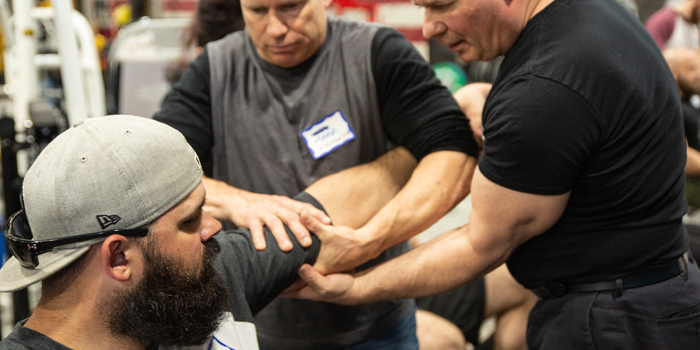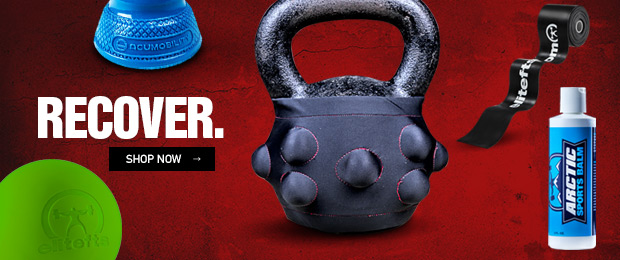
All that (sound you hear when popping a joint) is the gas bubbles popping. If I take my finger and pull on it, pop! That’s nitrogen gas being released in the joint. I can’t do that for another 20 minutes, but I can still mobilize this.
For certain people, when I adjust them, there’s a huge amount of sound — great. The style that I do is when you come in, I’ll assess you, I check your range of motion, I want to see how you walk, everything else.
I’ll try and test as many muscles that are relevant to what the problem is. I’ll go through, I’ll do any type of treatment, whether it’s percussor, acupuncture, active release, laser... whatever that you actually need. I’ll do the adjustment. It may pop; it may not.
At the very beginning, I was really attached to it, and what you do is you tend to hurt people because now you’re going after something that doesn’t even necessarily need to be done nor will it ever move.
So I just go back and I check your range of motion, and I see if the strength is restored. If it is, we’re good.
That’s sort of the misnomer. I know a lot of people who are like, “Oh, you didn’t get it!”
No, it moved, trust me.
Adapted from Table Talk Podcast #9 with Dr. Ken Kinakin
Dr. Ken Kinakin, DC, CSCS, is a sports medicine doctor, chiropractor, certified strength and conditioning specialist, and personal trainer. He’s also the author of the book Optimal Muscle Training and has competed in bodybuilding and powerlifting for over 20 years. Dr. Kinakin lectures around the world to doctors and personal trainers on the areas of weight-training, rehabilitation, and nutrition. He is also the clinic director for the AIM Health & Wellness clinic, with a rehabilitation and training center in Mississauga, Ontario. Dr. Kinakin founded the Society of Weight-Training Injury Specialists (SWIS), an organization that educates and certifies doctors, therapists and personal trainers in the area of exercise muscle testing, rehabilitation, and treatment of weight training injuries.










So while you could just "straighten out the spine," it'll just go back to being messed up the same way it did in the first place. Combination of adjustment for immediate relief, and then massage, ART, strengthening, stretching, posture correction seems like the way to go.
In other word, the thrust you produce with high velocity (and optimal amplitude) with stretch the muscle spindles of the spine musculatures (multifii, semispinalis, etc), and produces some change in muscles tonicity, proprioception, etc.
Spinal manipulation has nothing to do with replacing thing, or wanting to hear a pop.
As always, great post by Dr Kinakin, DC.
Ps: sorry if my english is terrible, not my first language.